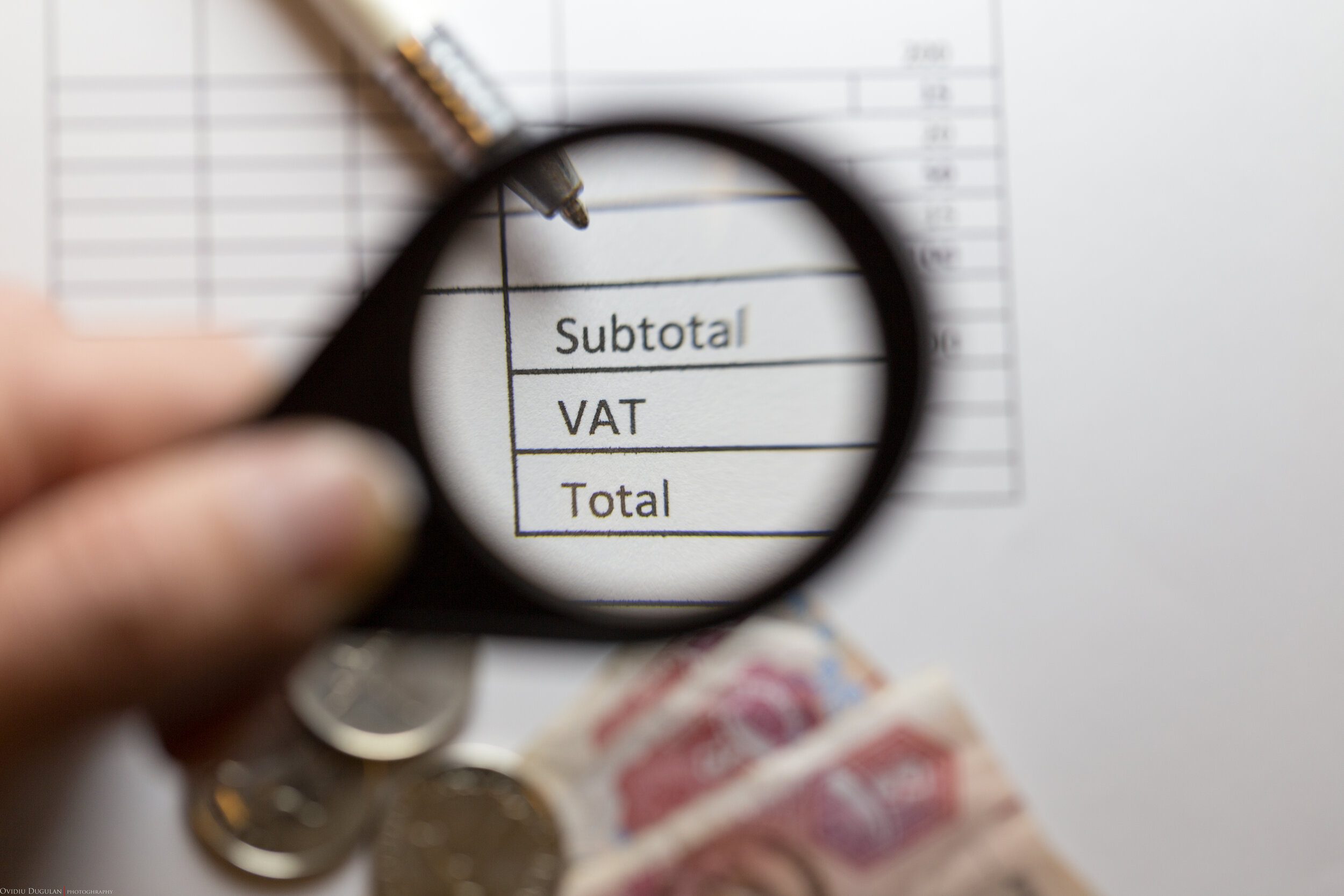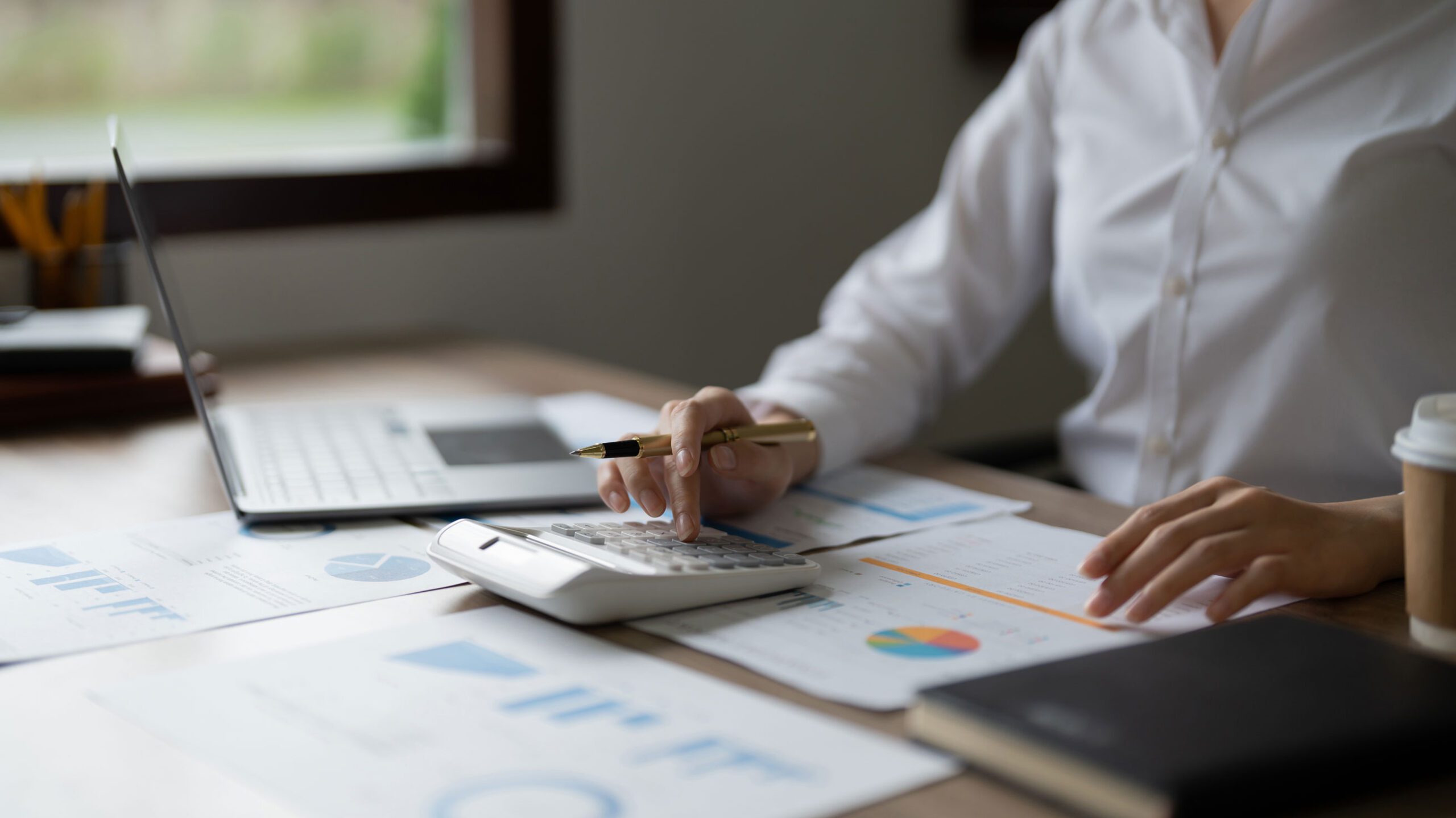
What is VAT?
Value Added Tax is a consumption tax on goods or services, and it is critical that businesses understand the compliance details of what is required.
Value Added Tax, or “VAT,” is a consumption tax on goods or services which is due at each stage of the supply chain, from production/origination, to the point of sale. Similar to other indirect taxes, such as Sales Tax or Goods and Services Tax (“GST”) depending on the countries involved, VAT applies to almost all transactions, and regardless of whether the transaction is business to business (“B2B”) or business to consumer (“B2CÓ”).
It is vital that your organization understands these implications, as VAT affects all aspects of the commercial operation, including:
Commercial contractual terms
Import and delivery terms
Information disclosure requirements for invoices
Accounting system configuration and relevant data capture for compliance and audit purposes
Reporting and filing obligations (VAT returns and associated filings)
Timely and compliant payment of VAT
Applying VAT
Determining how and when to charge VAT is wholly dependent on understanding the underlying supply chain and the parties involved. This involves ensuring that the cash flow associated with the transaction mirrors the reality of the supply chain, preventing unnecessary “VAT leakages” and compliance breaches.
Before your company can map a supply chain for the purposes of a VAT or other indirect tax review, 8 key questions must be answered:
What is being supplied to your customer – goods, services, or both?
Who are your end customers – Businesses? Consumers? Both?
Does your organization have the ability at the point of sale to identify whether the purchaser is a business or a consumer, and how are relevant VAT details collected at the point of sale?
Have you determined whether you need to be VAT registered in the country where the goods or services are being supplied, and if so, are the necessary VAT compliance obligations being met for reporting and timely payment of VAT? In other words, have you established whether you or your customer is responsible for accounting for the VAT due on the sale?
If you are selling goods cross-border, what are the Incoterms, and who is deemed to be the importer of record? Where this is your organization, local VAT obligations will likely arise.
Are you holding inventory in a territory? If so, local VAT obligations will likely arise.
Do the supplies your organization purchases include VAT charges? If not, is your organization responsible for self-accounting VAT on these purchases?
Are you able to recover the VAT incurred on these costs?
What VAT Means for Your Business
While these VAT supply chain review questions start the process, they are not an exhaustive list. We recommend a regular review of your commercial transactions, to ensure compliance with constantly changing and evolving legislation (for example, there have been significant revisions to VAT legislation in the field of ecommerce).
On the sales side this would encompass ensuring that you account for the right amount of VAT at the right time to mitigate the risk of penalties for compliance failures.
On the purchases side this would encompass ensuring that your structure is VAT efficient to ensure that any VAT incurred on costs is eligible for recovery. Importations of goods or equipment (e.g. data center equipment, trade samples, repair parts etc.) should not inadvertently cause VAT paid that would otherwise be recoverable to instead become non-recoverable.
Where VAT on costs becomes non-recoverable, this can cost anywhere from 15 – 25% of the supply, an obviously significant impact on margins. Clients frequently tell us they “just eat the VAT,” and that is the first warning sign that something may be wrong with their supply chain structure. Generally, VAT should be recoverable for businesses.
In light of the high-profile departure of the United Kingdom from the European Union after Brexit, we are also paying close attention to the following scenarios:
Changes to UK and EU VAT legislation in the field of ecommerce
1. Goods imported into the UK in consignments of up to £135 from 1 January 2021
2. Goods sold to UK customers via online marketplaces from 1 January 2021
3. Distance sales of goods from the UK to the EU from 1 January 2021
4. New EU VAT rules on ecommerce from 1 July 2021
Imports and exports of goods to/from the UK
1. Postponed VAT accounting on goods imported to the UK
2. Exporting goods from the UK to the EU
3. Movements of goods under the Northern Ireland Protocol
4. Businesses need to address key “Action List” issues businesses post-Brexit to continue smoother operations. Implementing these action-list items prevents delayed goods at the UK and EU borders and avoids non-compliance fines and penalties.
VAT and indirect taxes in the international context are often confusing, and may seem like an insurmountable challenge, adding complexity and cost to your businesses, particularly in the early stages of commercial negotiations, or setting up a new international commercial relationship.
Taking pragmatic and operationally focused advice early on can save many “restarts” and costly compliance headaches down the road, and we would encourage you to reach out to HSP Group for a free initial consultation to discuss your international commercial operations.






